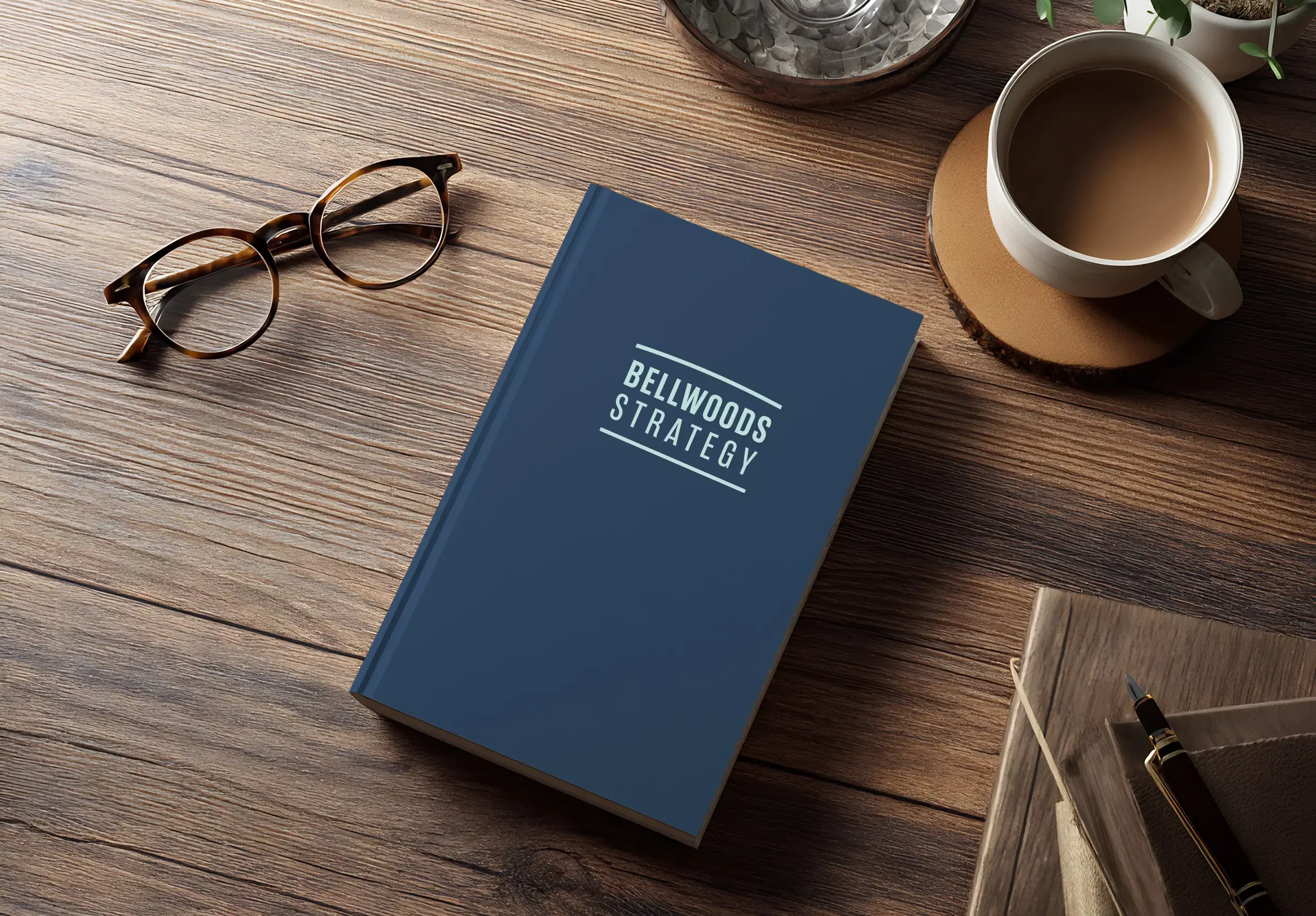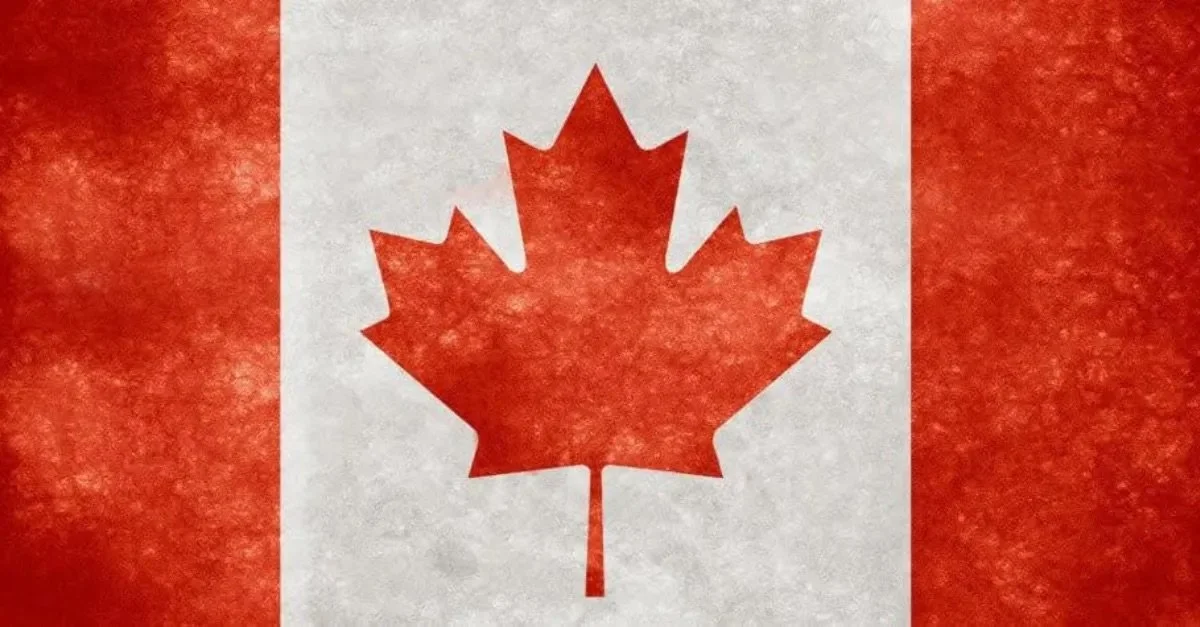
BELLWOODS STRATEGY PERSPECTIVES
Ideas, observations, and stories that shape how we think about strategy and clarity.
Three Things Champions Do That Everyone Else Talks About
The 2025 World Series proved that completely different strategies can lead to the same destination when executed with discipline. Most organizations understand the fundamentals of strategic success, but understanding and doing are different games. Champions separate themselves not through revolutionary thinking but through relentless commitment to clarity, coherence, and consistency under pressure.
What's the difference between talking about strategy and actually executing it?
"Most organizations have strategy documents. Champions have strategic coherence."
More Thoughts on Hope as a Strategy
Jane Goodall called hope "a crucial survival trait that has sustained our species from the time of our Stone Age ancestors." She understood what great strategists know: hope isn't passive wishful thinking. It's the choice that makes every other strategic choice possible, especially when the path isn't clear and success isn't guaranteed.
What happens when hope moves from soft emotion to strategic foundation?
"When strategy is rooted in hope, in the art of what's possible, not just what's probable, it creates something rare: clarity that sticks and momentum that endures."
The $290,000 Question: When AI Efficiency Becomes Organizational Liability
Deloitte Australia issued a partial refund for a government report filled with fabricated citations and nonexistent sources. We warned about this risk of efficiency replacing expertise in our Beyond Beige AI Usage Framework, but we were too conservative. The Deloitte scandal goes beyond reputational damage to legal liability and breach of client trust.
How do organizations ensure AI accelerates rather than replaces expertise?
"AI can accelerate strategic thinking, but it cannot replace it. Efficiency serves strategy, not the other way around."
Giving Thanks
Gratitude posts will flood feeds this Thanksgiving weekend. Most will look like performance, the need to have your gratitude seen. But what if we moved past performance to practice? Chris MacLeod's book, Beating the Odds, offers a simple but powerful approach: write down three things you're grateful for every morning. Not occasionally. Every day.
What does it take to make gratitude a practice, not a performance?
"Each of us has the personal challenge to focus and work as hard on our attitudes as on anything else. It is not an occasional effort. It must be done with intention at the start of each day and constantly throughout."
The Age of Strategy: When Life Throws Nothing But Fastballs
We're facing nothing but 100-mph fastballs now: AI transforming industries overnight, competitors moving at digital speed, advantages disappearing before ink dries on the plan. Many organizations react defensively, hoping to survive the encounter. But here's what every baseball player knows: the harder the pitch comes in, the harder it can go out.
What if the hardest-thrown pitches create the biggest opportunities?
"In both baseball and business, hard-hit balls produce disproportionate results. While competitors scramble to react to every development, strategic organizations move faster on the right opportunities, generate bigger returns, and build sustainable advantage by choosing battles they're positioned to win."
Let's Stop Debating and Start Talking
In divided times, the loudest voices often drown out the most valuable insights. Real progress happens when people move beyond defending positions to examining them together. Strategy works best as a team sport that brings out quiet voices and curious questions.
What shifts when people choose curiosity over certainty?
"Here’s what we know after decades of helping brands find their voice in noisy markets: the best don't shout the loudest. They listen the closest. They ask better questions.."
The CEO as Chief Storyteller
Recent research from McKinsey confirms what we've long believed about the power of story in business strategy: strategy sticks when the story does. A leader's ability to craft and communicate authentic stories isn't just a nice-to-have skill. Today, it's the cornerstone of effective strategy execution.
What happens when leaders treat every conversation as a chance to reinforce strategy through story?
"They understand that the intersection of story and their strategy is where growth happens. When leaders bring strategy and story together and clearly articulate that, organizations will find success in their markets."
Beyond Beige: A Strategic AI Usage Framework
Organizations are creating content so generic that it crosses the line from bland to disrespectful. It’s what we call going "Beyond Beige." When teams use AI without strategic guidance, they put their voice on autopilot, creating real reputational risk. Smart organizations are beginning to implement frameworks that harness AI's efficiency without drifting into territory that undermines their expertise and values.
How can your organization mitigate reputational risk while capturing AI's benefits?
"Beyond Beige isn't about avoiding AI. It's about using AI strategically to amplify your story rather than replace it. When strategy guides technology, you get efficiency without losing authenticity."
From Control to Coherence: Why Strategy Needs a Translator, Not an Enforcer
Control used to be the glue that held strategy together. But today’s pace and complexity demand something different: coherence. That means your team doesn’t just follow the plan; they understand it, apply it, and move with confidence when you’re not in the room.
What happens when strategy is clear enough to carry without being enforced?
“Because when the story is clear, the strategy sticks. That's where strategy meets story and that's what drives coherence.”
Beyond Beige
Generic content used to be just bland. Now we've entered territory where algorithmic efficiency has crossed the line into fundamental disrespect for your audience. When organizations go Beyond Beige, they skip the strategic work of understanding their story and choose convenience over clarity. The GPT-5 backlash revealed what happens when audiences reject content that's worse than generic.
What does it mean to stay grounded and tell your actual story?
"Staying grounded means respecting your audience enough to show up with something real. Not controversial. Not templated. Just clear, strategic communication that demonstrates you actually thought about the people you're trying to reach."
Read the full article on Medium ›
Bellwoods Strategy Launches to Bring Clarity to Organizations at Critical Moments
Strategy often fails not because it’s wrong, but because it doesn’t stick. When strategy and story work separately, teams struggle to translate plans into daily decisions and sustained action. The intersection is where clarity happens and momentum builds. Sometimes, getting there takes an outside perspective.
What happens when strategy and story come together?
“When the story is clear, the strategy sticks. When the strategy sticks, people act. That’s how real results happen, and that’s what we’re here to support.”
Read the full article on Medium ›
A New Milestone: Bellwoods Strategy Featured in The CMO Times
Visibility is good. Coherence is better. This week, Bellwoods Strategy was featured in The CMO Times, joining a group of respected voices reflecting on how marketing leadership is changing and why clarity now matters more than control.
What shifts when organizations stop enforcing strategy and start translating it?
“They need to translate strategy into stories people can act on, business objectives into team priorities, and complexity into clarity for internal teams, external audiences, and cross-functional partners.”
Hope is a Strategy
Hope is often written off as naive, especially in the face of complex systems or long odds. But in practice, hope is a strategic choice. It helps leaders stay focused, build momentum, and push through inertia with clarity and purpose.
How does hope become a force that moves strategy forward?
“When hope is combined with strategy, it creates something rare: momentum. Not just activity, but meaningful progress that endures.”
Read the full article on Medium ›
One Nation, Ten Provinces
Travel has a way of reframing perspective. It gives you context, and that’s an important refresher for strategy practitioners. Good strategy doesn’t just live in data and theory; it lives in people, values, and culture.
What can travel teach us about strategy, connection, and our lived experience?
”Strategy doesn’t travel well if it doesn’t translate. And translation starts with understanding.”
Read the full article on Medium ›
The Story Still Being Written
In moments of uncertainty, we look for stories that make sense of where we are and help us take the next step. Good strategy doesn’t predict the future. It gives people the confidence to move toward it.
What if clarity isn’t about knowing the whole story, but helping write the next line?
“These are the kinds of stories that remind us what good strategy actually looks like: not grand gestures, but steady, focused progress. Not waiting for the stars to align, but helping people see the next step and giving them the confidence to take it.”
Read the full article on Medium ›
Imagination is the Superpower: Reflections on Independence
Strategy doesn't start with answers. It starts with purpose, the belief that something better is possible, and worth pursuing. That's where imagination comes in. It's not abstract. It's fuel.
What makes imagination America’s superpower?
“Time and again, I've been struck by the distinctly American instinct to challenge assumptions that others take as gospel. To look at established ways of doing things and ask, 'But what if we didn't?' That restless 'what if' isn't just optimism. It's a competitive advantage.”
Read the full article on Medium ›
Community Connection: Democracy’s Quiet Backbone
When people work together to solve practical problems like hunger and housing, political labels fade. But these challenges can seem overwhelming to social agencies. Strategy helps bring clarity, narrow choices, and build momentum.
How does strategy create the conditions to build civic capacity?
“Local capacity builds civic capacity. Stronger communities build healthier democracies.”
Read the full article on Medium ›


















